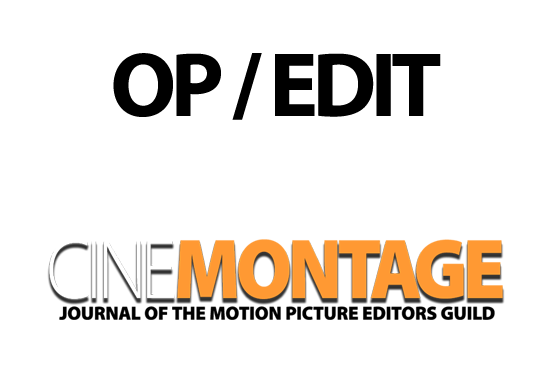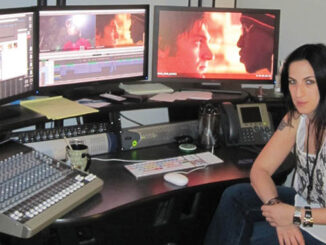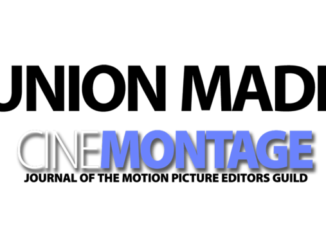
by Adam Lichtenstein
A few years ago in this column (CineMontage JUL-AUG 2013), I advocated test screenings for works-in- progress, writing that they were the only pathway to improving our movies. I still stand by that belief — but I now see that I should have been more specific.
Last spring, I attended a 25-person test screening. After showing the unfinished film, the director welcomed the group to weigh in on certain internally disputed areas. Encouraged by the open atmosphere, the audience members shared their opinions freely. One by one, however, each response was met by its counter-response. If one person praised a particular scene, another criticized it. If someone called for the elimination of a line, the next vehemently supported its inclusion. In the end, it was less a test screening than a city council meeting. Nothing got resolved. This was by no means a way to run a test screening. And worst of all, the meaning behind this vast difference of opinion got sidestepped.
So, how does one run a proper test screening? First of all, two dozen people is at least three times too many. Numbers more natural to a mob are, of course, ill-suited for intellectual discourse. As far as capturing the most helpful feedback, I have found that one must have the audience members commit their responses to paper immediately following the screening. This way they remain uninfected by an unpredictable group dynamic. An over-zealous audience member can negatively influence a screening with his/her praise or hellfire (derailments from the bigger issues are even worse), but by recording the audience’s reaction straightaway, one preserves that priceless (focused) first response.
Here are some questions that have yielded helpful feedback:
On a scale of 0-10, with 10 being the highest score and 0 being the lowest, what rating would you give the film?
- Would you recommend the film to a friend or family member?
- Were you acquainted with the subject matter before seeing this film? Did the story surprise you in any way?
- What’s your opinion of the main character and his or her storyline? Did you like him/her? If so, why? If not, why not?
- What about secondary characters?
- What was your favorite part of the film, and why?
- What was your least favorite part, and why?
- What is your opinion of the length of the film?
- What other aspects of the film did you enjoy or dislike? The music? The photography? Were you aware of any of the craftwork, or did it wash over you?
- Describe the story of the film.
- Were you able to follow along easily? If not, at what point did the film lose, bore, or confuse you?
- Where do you envision seeing this film? In cinemas? On network television? Public television? Cable? Streaming?
Believe it or not, there’s enough here to elicit all of the essential responses key to exposing flaws in any film. If a filmmaker can be taken at his or her word to remain open, the awareness gained here will lead to unilateral improvements.
What does it mean when audience members contradict each other so starkly? It means that the film’s themes are unclear. The viewers — in the absence of a direct and concise communication — have begun to project their own creative expression upon it. In other words, the film is not doing enough of its own work. It’s flimsy. I have heard filmmakers justify that they are making a “complex film” with multiple takeaways, “just like life.” To labor for anything less, editors are told, is to invite simplicity. But I do not agree.
Filmmakers who play down their editors’ apprehensions with such epitaphs as “simplistic” (while elevating the nobility of their own agendas) are confusing “simplicity” with “focus.” Films don’t have the advantage of novels, and must exist in a world of specific intentions, shorter attention spans and a pressing need for narrower interpretations. That is the unfortunate physiological fact of storytelling (complex and popular alike). But on the bright side, these restrictions inspire all manner of creativity. To be sure, never are editors criticized by audiences for boiling a meandering picture down to its essence.
Likewise, those filmmakers who elevate the role of the crowd by democratizing the process (calling for a show of hands about certain problem areas) have profoundly misunderstood the purpose of a test screening. To favor either dismissing or over-involving an audience is to invite chaos into the sanctity of the editing room.
Ultimately, the trick to putting out the best version of the film is to leave behind the script, and follow instead the cues of what was shot. Then to listen to what’s being reflected back, and especially to what’s not.





